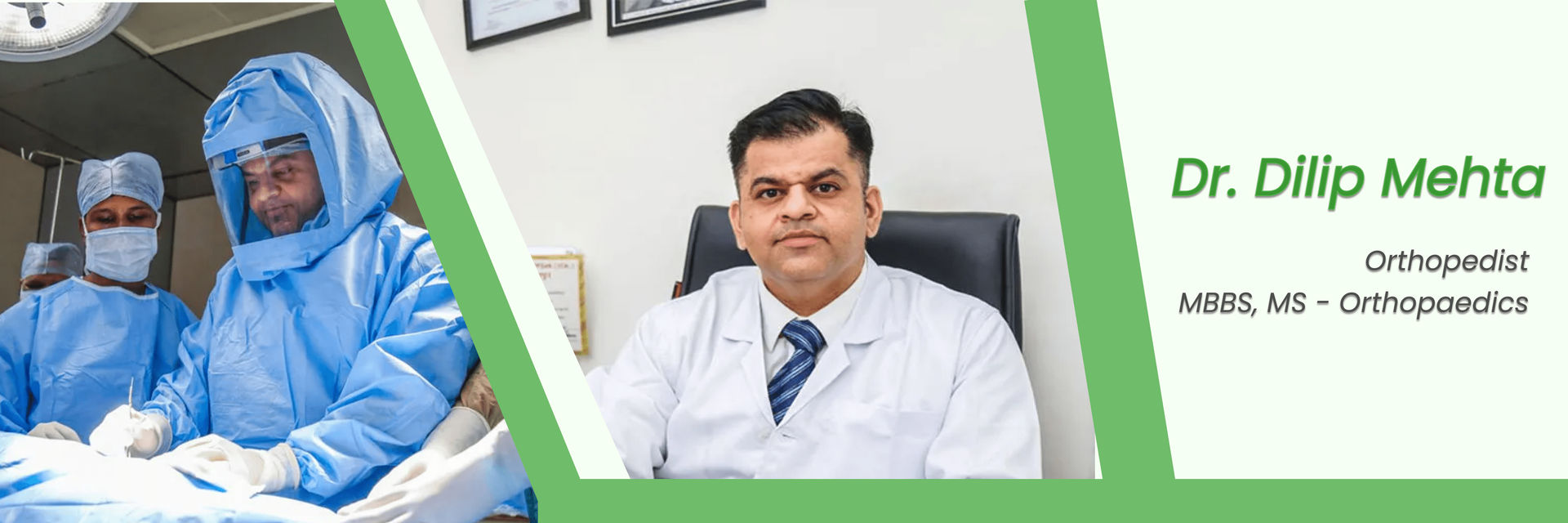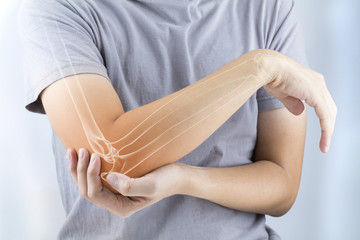Dr. Sandeep Singh is a renowned orthopedist in Bhubaneshwar with expertise in total and partial knee replacement, robotic knee replacement, hip replacement, Double-Row Rotator Cuff Repair surgery, hip resurfacing, keyhole surgery, shoulder replacement surgery, and ligament reconstruction. He has a special interest in robotic arthroplasty and lower limb sports injuries.
Expertise:
The first of its kind in eastern India and Odisha, Dr. Sandeep Singh recently established a new sports injuries and rehabilitation department. He is one of the leading orthopedic surgeons in India skilled in trauma and elective procedures for joint replacement, Rotator cuff surgery, and sports injuries. Besides, he offers comprehensive, top-notch orthopedic solutions to patients with sports injuries and lower limb issues.
In addition, Dr. Sandeep Singh assists patients in recovering faster with less pain and trauma by employing cutting-edge surgical methods like robotic and arthroscopic (keyhole surgery) procedures. He is also skilled in Total and Partial Knee Replacements, Total HIP Replacement and HIP Resurfacing and Lower Limb Sports Injuries.
Education & Fellowships:
| Course | Year |
|---|---|
| MBBS | BJ Medical College |
| MS in Orthopaedics | Government Medical College and Guru Nanak Dev Hospital, Amritsar |
During his residency, Dr. Sandeep Singh assisted in general and specialized orthopedic surgeries, which gave him a wealth of knowledge. He also carried out several orthopedic trauma surgeries independently. Then, at the Royal College of Edinburgh, he completed his MRCS.
Dr. Sandeep Singh is a Senior Fellow in Robotic arthroplasty and lower limb sports surgery from London, United Kingdom. He is trained under the guidance of renowned Prof. Fares Haddad. In Boston, he also completed his Fellowship in Revision hip training.
Experience:
Currently, Dr. Sandeep Singh serves as Head of the Department of Sports Injury and Rehabilitation at the Care Super Specialty Hospital, Bhubaneswar. It is the only hospital in Odisha to offer partial knee replacement surgery, where patients frequently start walking four to five hours after the procedure.
Dr. Sandeep Singh has extensive experience spanning 11+ years in his clinical field, performing procedures such as unicompartmental knee replacements, complex reconstructive surgery, and fracture management. He is a pioneer of FASTTRACK joint replacement surgery.
Earlier, Dr. Sandeep Singh held the position of Assistant professor, where he supervised postgraduate students and was in charge of managing the wards and casualties.
In 2017–18, Dr. Sandeep Singh served as a consultant at the PGIMER and ESIC Model Hospital in New Delhi. Here, he also worked as an Assistant Professor and was directly associated with teaching and training post-graduate students. Later, Dr. Sandeep Singh practiced as a specialty doctor at Pilgrim Hospital in Boston, Lincolnshire.
On his return from the United Kingdom, he is presently associated with Care Hospitals, Bhubaneswar, Odisha.






